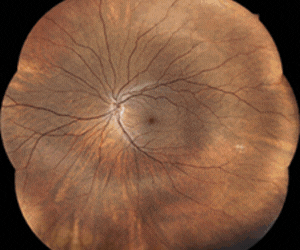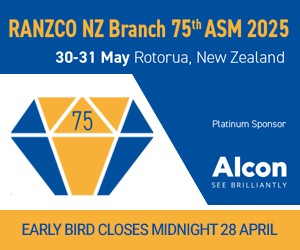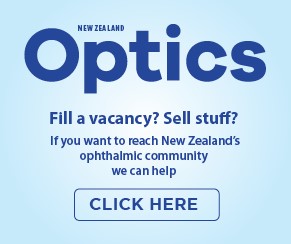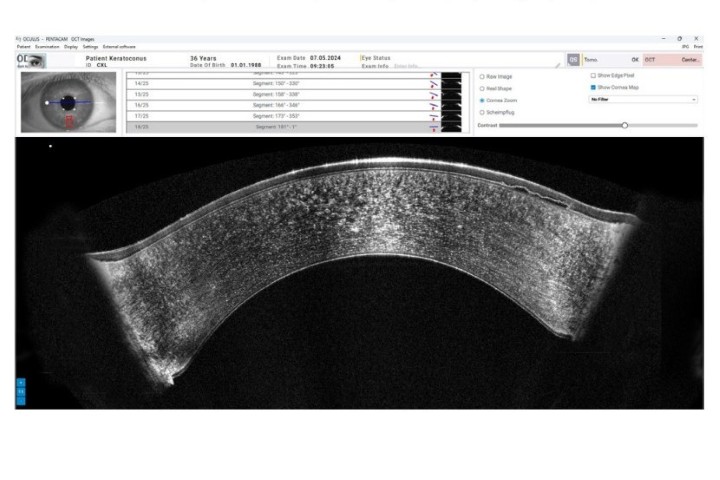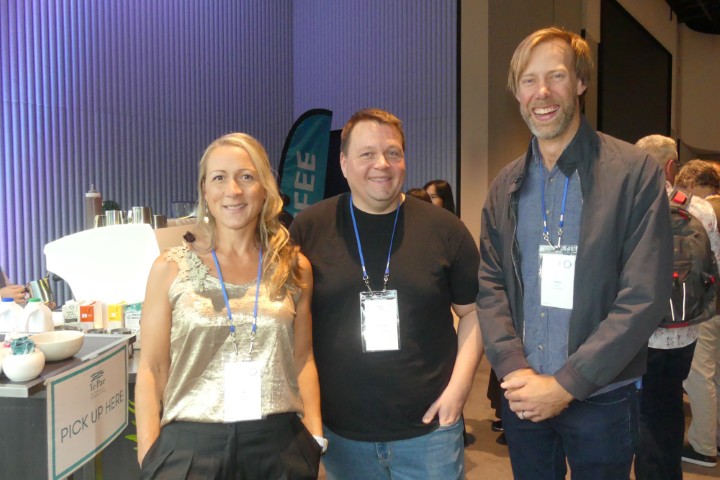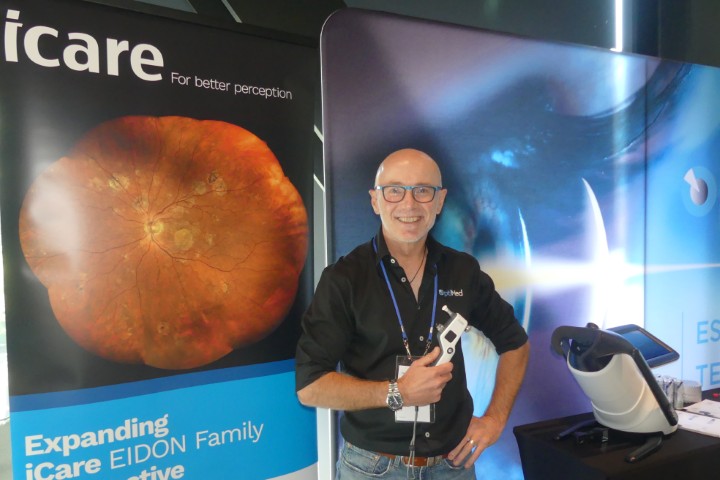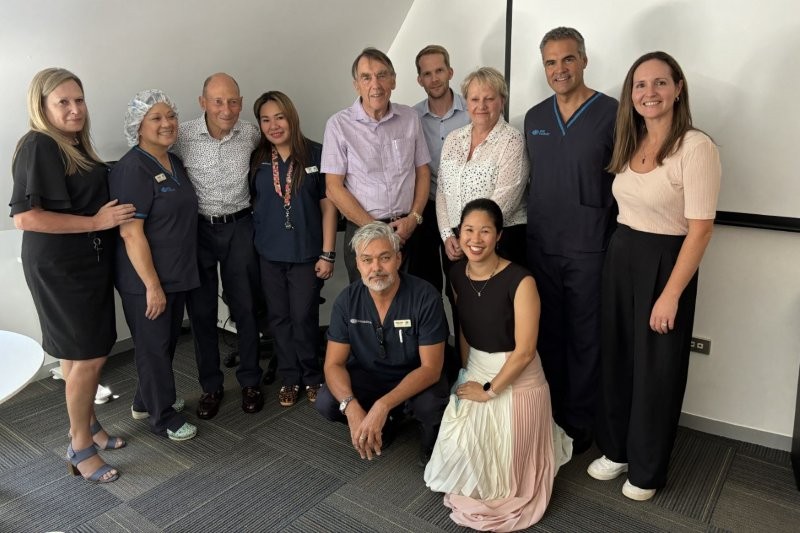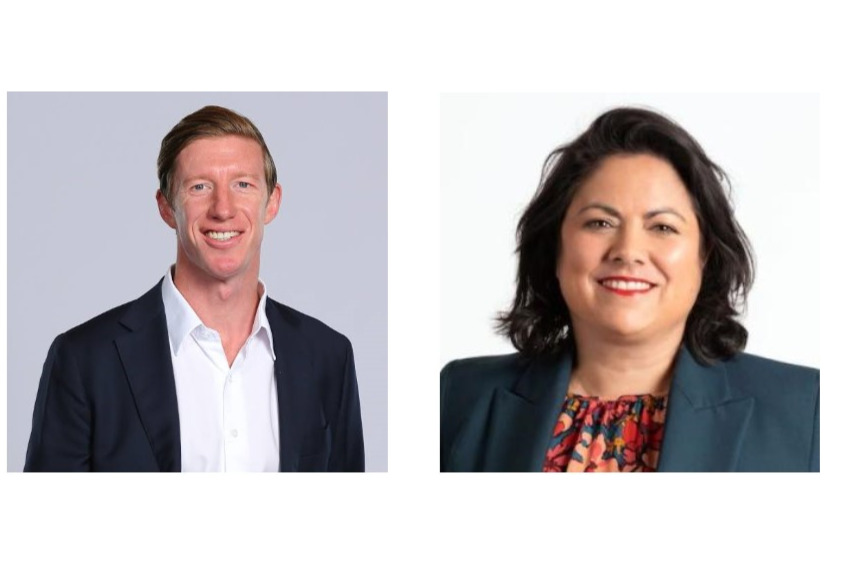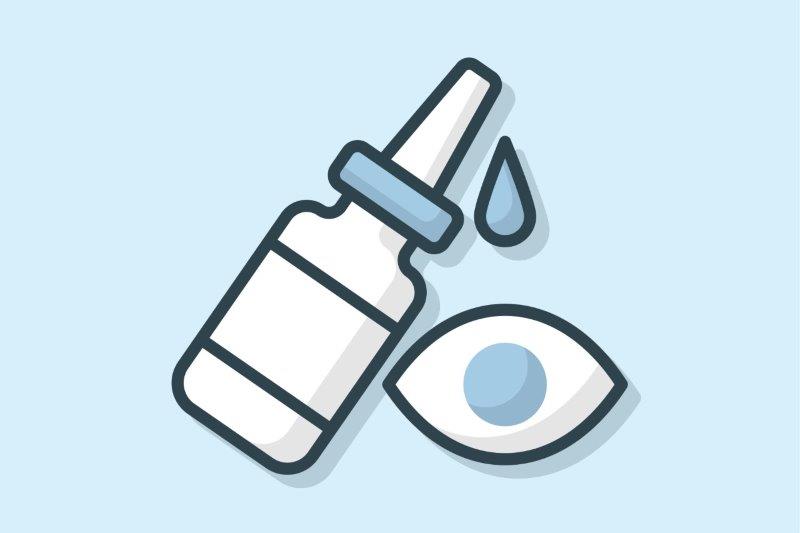Pandemic impact on kids’ eyecare
Covid-19 has impacted the eyecare of more than one in four (26%) Australian children, with those in remote areas being hardest hit (32% vs 22%), according to the latest Little Aussie Eyes Report.
The care shortfall was largely the result of delayed and cancelled appointments from the impacts of lockdowns and restrictions, said the report’s author Nicola Rivett, founder of Kids Eye Gear. “Worryingly, children with more serious eye conditions – typically those that see ophthalmologists – were more impacted by Covid-19 (36%) than children with more standard vision problems (26%).”
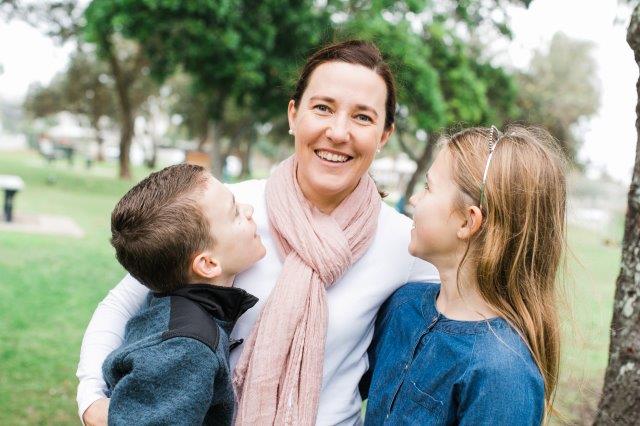
Author Nicola Rivett with her children
The third Little Aussie Eyes Report summarised the findings of a February 2022 online survey of 526 Australian parents of children who see an eyecare professional. It revealed that although 46% of parents experienced barriers to attend appointments during the pandemic, 89% felt supported in their child’s eyecare treatment. “Interestingly, those that see optometrists were more inclined to feel supported and well informed about their child’s eye condition than those who see ophthalmologists,” Rivett said. “It’s possible that this is due to the likelihood that the children needing to see specialists will have more complex eye conditions, and parents may feel confused about their child’s condition and treatment.”
In the absence of face-to-face appointments, 11% of parents were offered a telehealth appointment for their child. This was considerably higher for those who see ophthalmologists (13%) than those who see optometrists (4%). Overall, parents said they did not see value in telehealth appointments, preferring face-to-face appointments.
Looking specifically at optometry practices and standard of care, most parents (40%) said they believed large-chain optometry practices offered the same level of expertise and care as independents. But for parents who see ophthalmologists, respondents were twice as likely to disagree that all practices were the same, said Rivett. “It’s possible to assume that as a child’s eye condition becomes more complex, and thus requires a specialist, parents seem to be more aware of the differences between the expertise optometrists can offer.”
Although most parents were happy with the diagnosis and treatment given for their child’s eye condition (85%), when a second opinion from another eyecare professional was sought, the reasons given were: being referred to a different type of eyecare professional, poor rapport, lack of trust, wanting to pursue care in the private system, or unresolved vision issues.
For the full report, see, https://kidseyegear.com.au/little-aussie-eyes-report/






